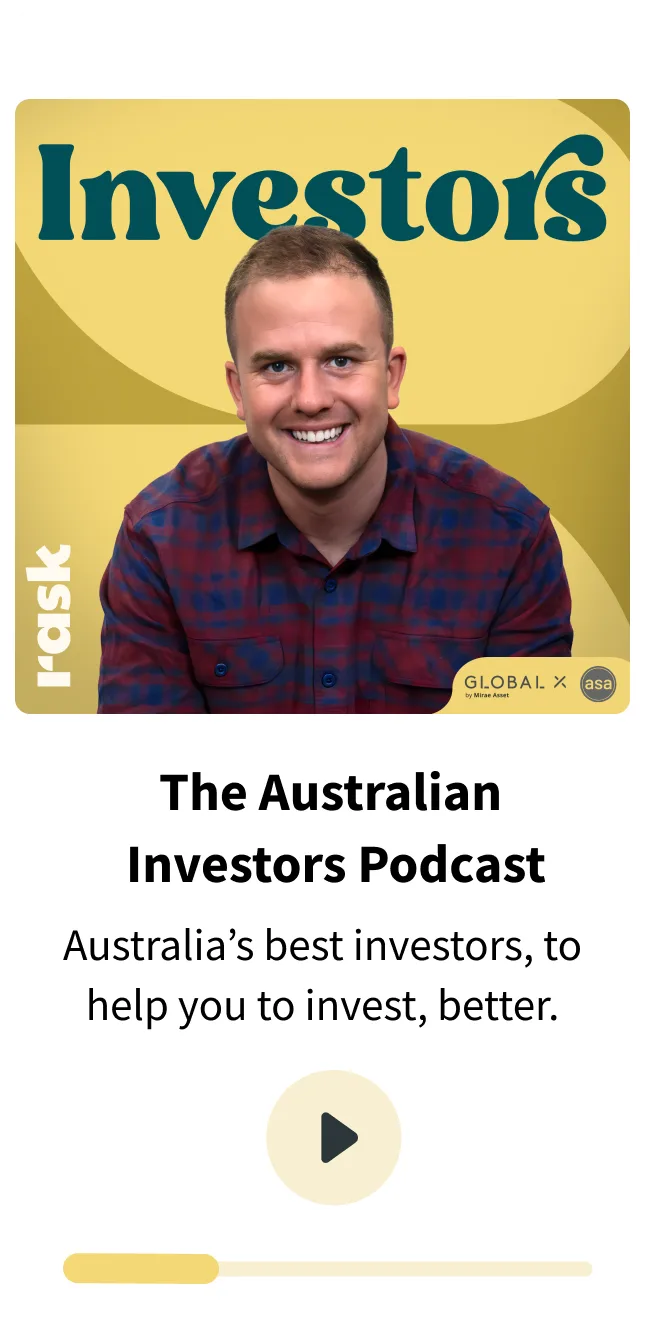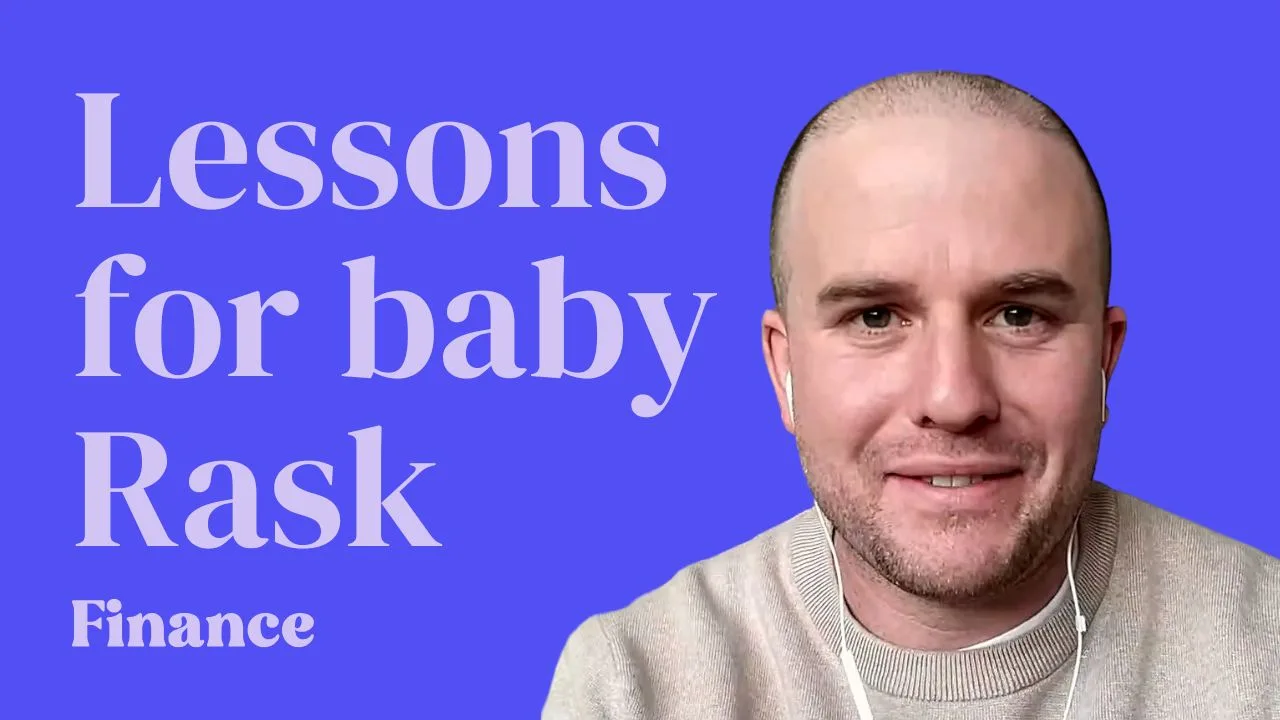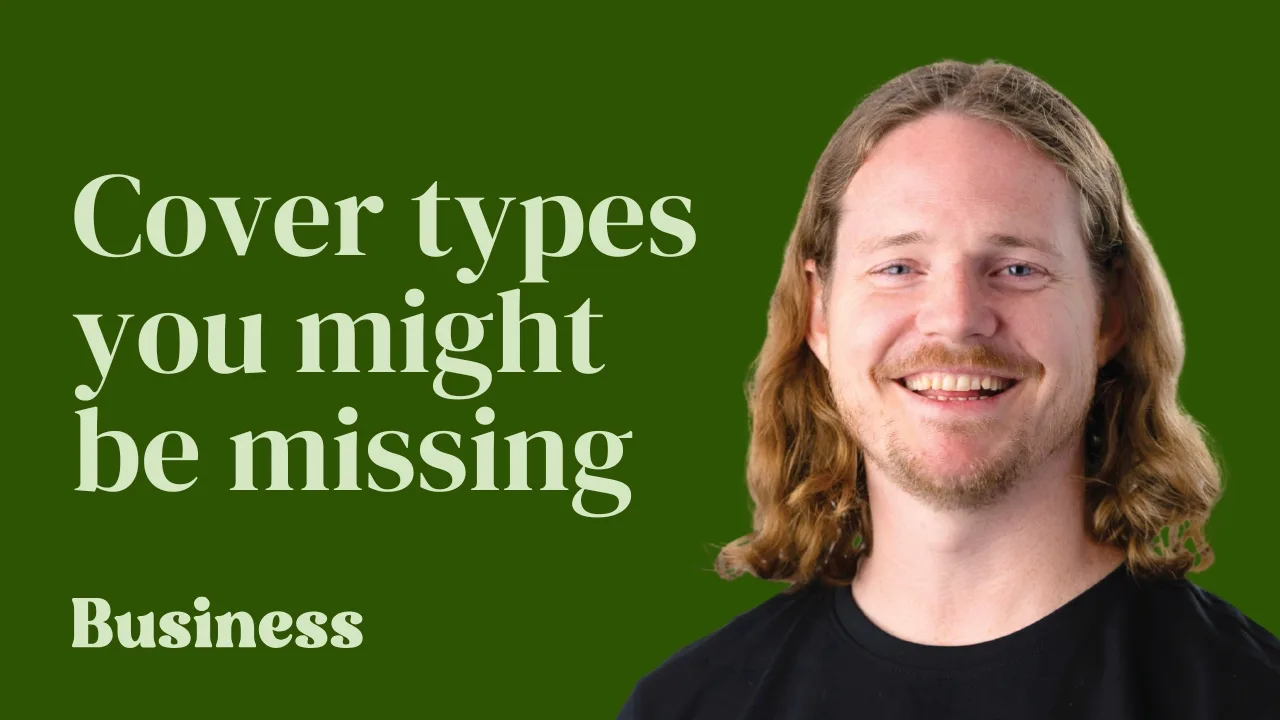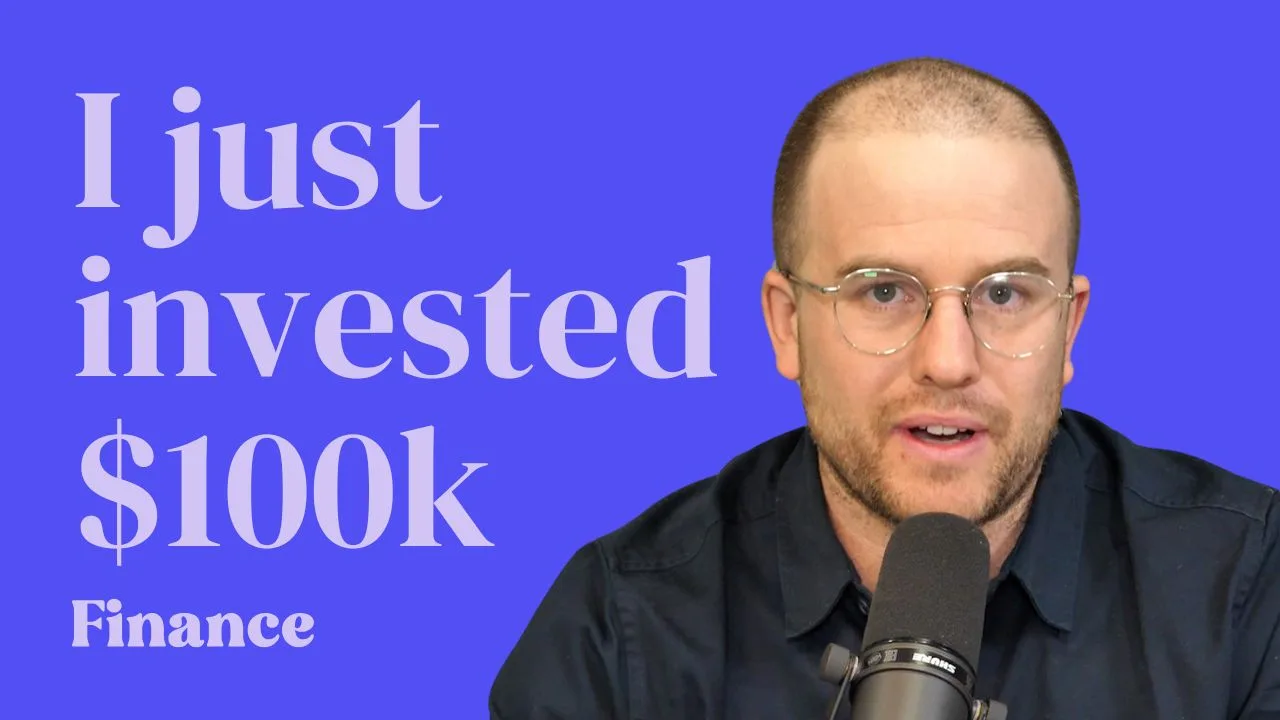Part 4/5 of the Passive Income series on The Australian Investors Podcast features me — Owen Rask — and Drew Meredith, CFP.
Drew and I walk through a full case study (see below) of a fictitious Australian couple, Ralph (52) & Jane (51), looking to generate passive income from a diversified portfolio. The result: Drew predicts this couple could retire on a generous yearly income if they can get to $1.2 – $1.6 million of investable assets before retirement.
Does that sound like a crazy figure? Not so fast…
Drew explains all of his findings and analysis in this episode of The Australian Investors Podcast.
Listen to the Podcast
Video version available now
The case study – Ralph & Jane
Jane (51) and Ralph (52) live in Brighton-Le-Sands, New South Wales in a 4 bedroom, 2 bathroom house. Ralph is a sticky-fingered accountant, earning $110,000. He loves the Hawthorn Hawks in the AFL (obviously) and spends his weekends watching their two boys play sports. Jane is a Midwife in Sydney, working 7 days of night shift every fortnight. She earns $115,000, also on PAYG. Jane uses some of her days off to volunteer at the Foodbank, encouraging her two sons to get married and have children.
Financial picture
Assets:
- Super:
- Ralph annuation: $340,000
- Jane: $260,000
- House in Brighton-Le-Sands: $1.4 million
- Investment portfolio of $185,000:
- Argo LIC – $35,000
- VAS ETF – $50,000
- IVV ETF – $30,000
- Magellan ETF – $20,000
- BHP – $25,000
- CBA – $20,000
- Crypto ETF – $5,000
- Cash & TDs: $70,000
- Offset account: $35,000
Liabilities:
- Mortgage: $450,000
- Credit card: $8,000
- Two boys (17 & 19) – both living at home, for 1-2 more years
- Car loan: $34,000
Other:
- Insurance is held inside Super
- Ralph is an only child and could be expected to inherit $300,000 in 5-10 years
Goals:
- They’ve heard they could retire and earn a passive income of around 4% per year, after inflation. They’re hoping to earn between $60,000 – $80,000 in income (today’s dollars)
- Both want to retire between 60 and 65, debt-free (that’s ~10-15 years)
- They don’t want to move or sell their house, but would be open to downsizing after retirement or once the kids have moved out
- Being an accountant, Ralph is risk-averse so he is much more concerned about capital loss than Jane – she is a high risk/growth investor
- Jane & Ralph would like to spend 4 weeks per year on a holiday, locally and internationally after 60 (i.e. every other year they go to Europe, NZ, etc. — not lavish, but comfortable)
- Jane would like to build wealth outside of Super and the house, Ralph likes the tax-advantaged status of Super
My questions for Drew:
- Logistically, how does a financial planner take a client(s) from this to a well-structured portfolio? (i.e. the financial planning process)
- Would you say Ralph & Jane have a typical financial situation for their age?
- What are the 2-3 “easy wins” for Ralph & Jane?
- For Jane, would you recommend building an investment portfolio outside Super?
- For Ralph, would you recommend building an investment portfolio outside Super?
- General question: at what age does the risk of allocating to Super (i.e. money being locked away) get overcome by the benefits? I.e. Would you advise a 30 or 40yo to use Super as their primary wealth vehicle?
- Would you advise paying down debt or using the equity in other ways (e.g. line of credit)?
- Could Ralph & Jane grow their portfolio in other ways?
- What balance of wealth ($$$) would Ralph & Jane need to retire with passive income at 63? Explain.
- How would you advise they invest now (SAA)?
- What types of returns could they expect over the next 10+ years? (maybe a chart of wealth would help)
- At retirement, how would their portfolio look in terms of diversification?
- Would/should they keep working, even part-time?
- Do you believe Jane & Ralph have a realistic expectation of retiring debt-free and with $60-80k in annual income?






